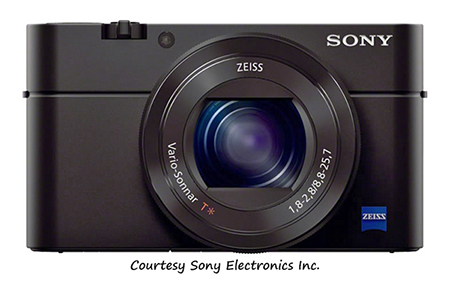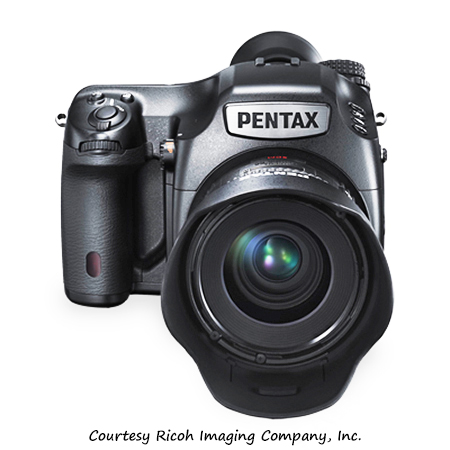Those who regularly use Adobe’s iconic Photoshop program will have already made the decision whether to accept the relatively new subscription program or stick with an earlier iterated version (CS6 being the last). Moving to their Creative Cloud model ensured you would get regular updates without waiting for a whole new version to come out…except that’s just what has happened; Adobe has just released Photoshop CC (2014), a separate version from the previous Photoshop CC. There are plusses and minuses to this decision, but for those who are already subscribed, note that CC (2014) may or may not play well with all third-party plugins, so make sure before uninstalling the older CC version. Thom Hogan provides some additional insight on this issue.
For those who didn’t make the jump to the subscription model earlier, Adobe is still offering their “Photography” package which includes both Photoshop CC and Lightroom for $9.99 a month (and a one-year commitment). This may not be the best answer for you, but subscription is definitely the way the software world is moving.



